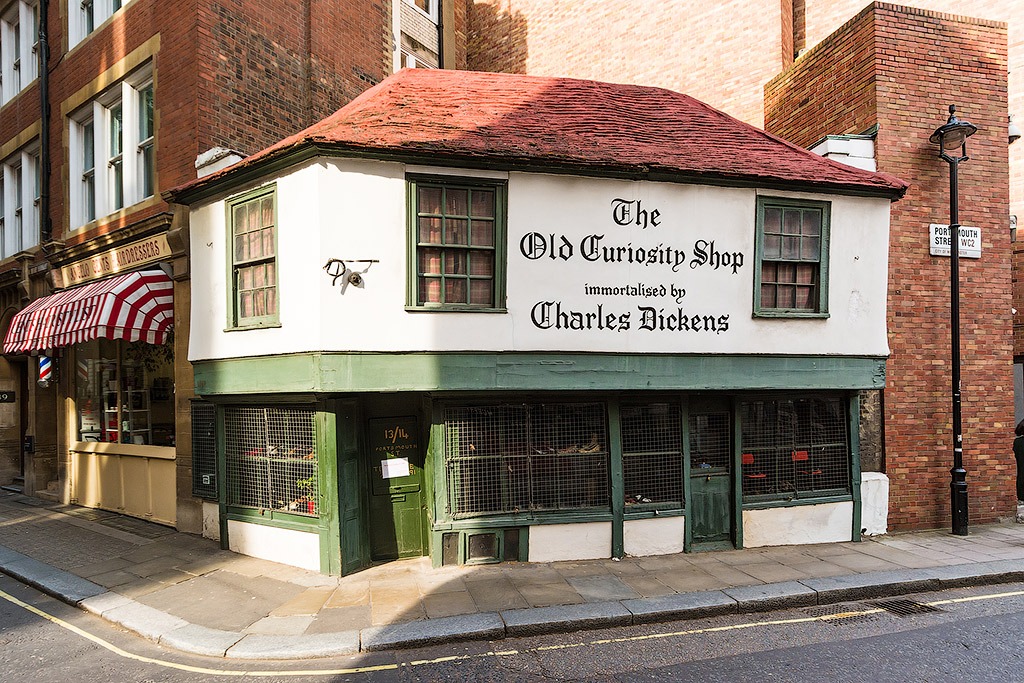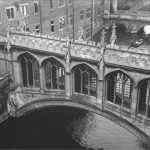Tucked away on a small side street in Holborn, London, lies The Old Curiosity Shop, a charming, historic building that claims a connection to Charles Dickens.
Built in 1567, this little shop is one of the oldest surviving shops in London.
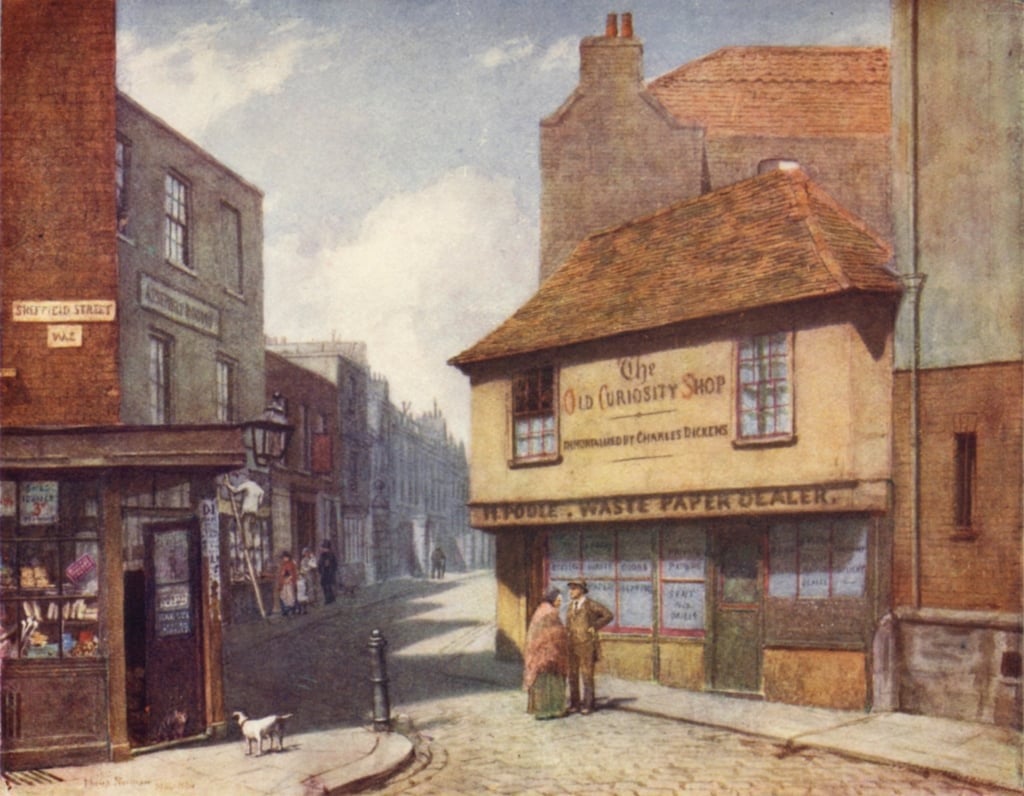
History Of The Old Curiosity Shop
The Old Curiosity Shop at 13-14 Portsmouth Street dates back to 1567.
Constructed using timber salvaged from old ships, the building boasts a sloping roof, overhanging second floor, and uneven Tudor gambling—features that distinctly mark it as a relic of 16th-century architecture.
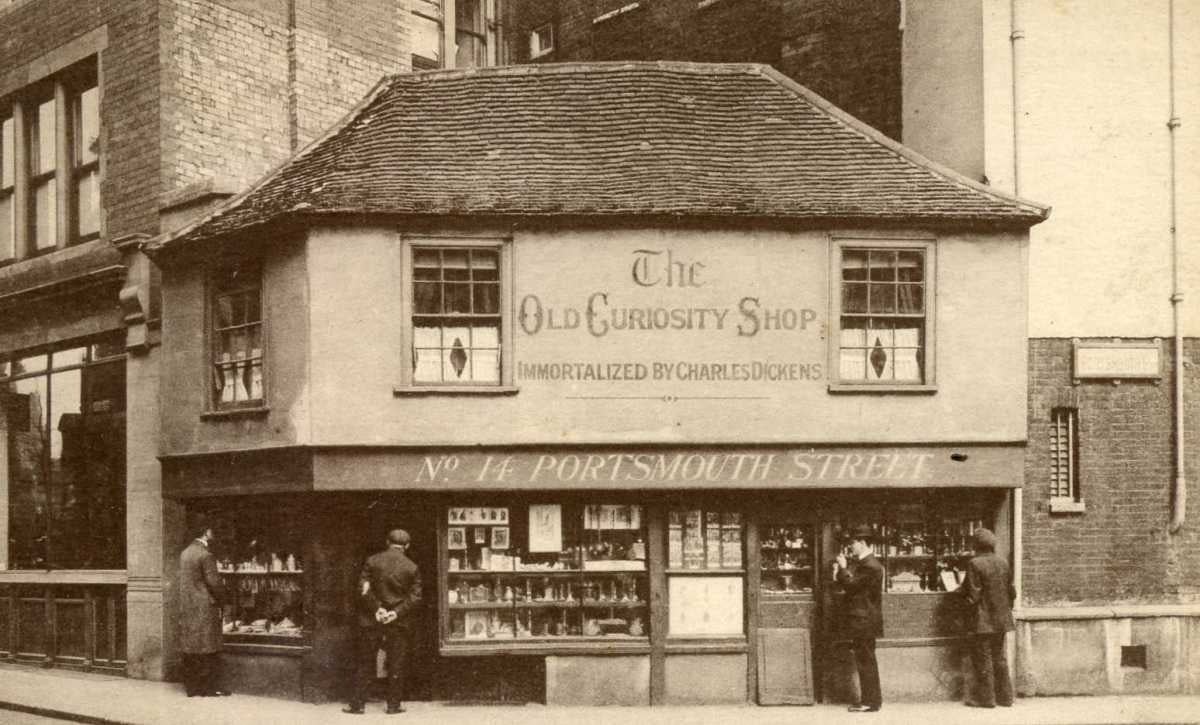
The shop’s sturdy structure allowed it to survive some of the most destructive events in London’s history, including the Great Fire of 1666 and the Blitz during World War II.
Originally, the building served as a dairy, part of an estate owned by Louise de Kérouaille, Duchess of Portsmouth, one of King Charles II’s many mistresses.
The shop’s location, just south of Lincoln’s Inn Fields, placed it in an area known as Clare Market, a bustling hub of commerce in the 17th and 18th centuries.
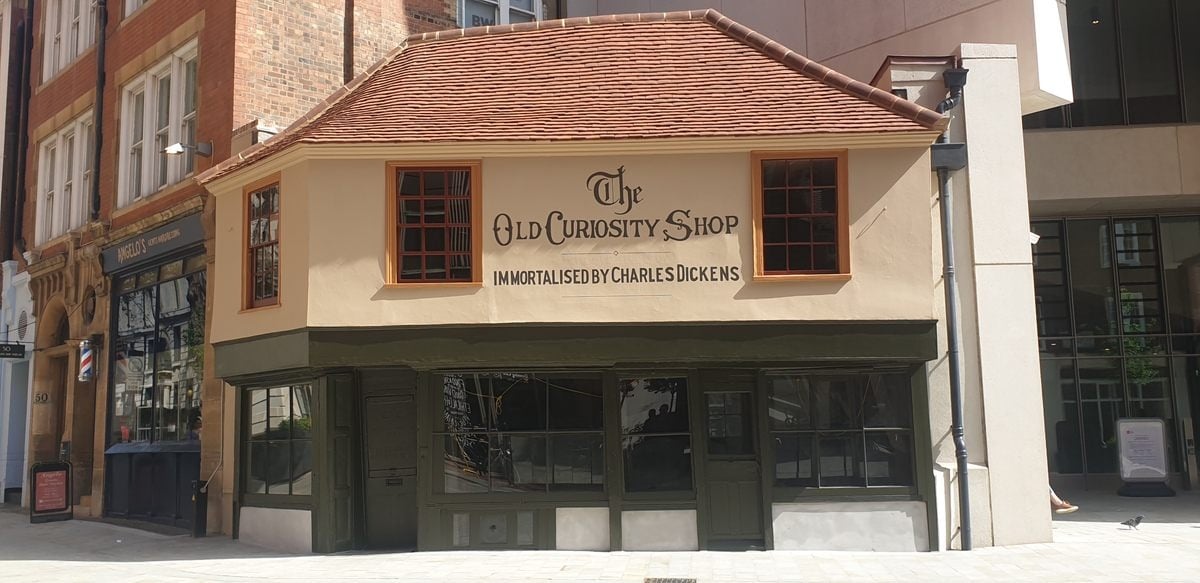
The Dickensian Connection
Dickens, who lived in nearby Bloomsbury, was known to have visited the shop on several occasions.
However, contrary to popular belief, The Old Curiosity Shop did not inspire Dickens’ famous novel “The Old Curiosity Shop”.
It was renamed in 1868—nearly 30 years after the book’s publication—by a savvy bookseller hoping to capitalize on the author’s immense popularity.
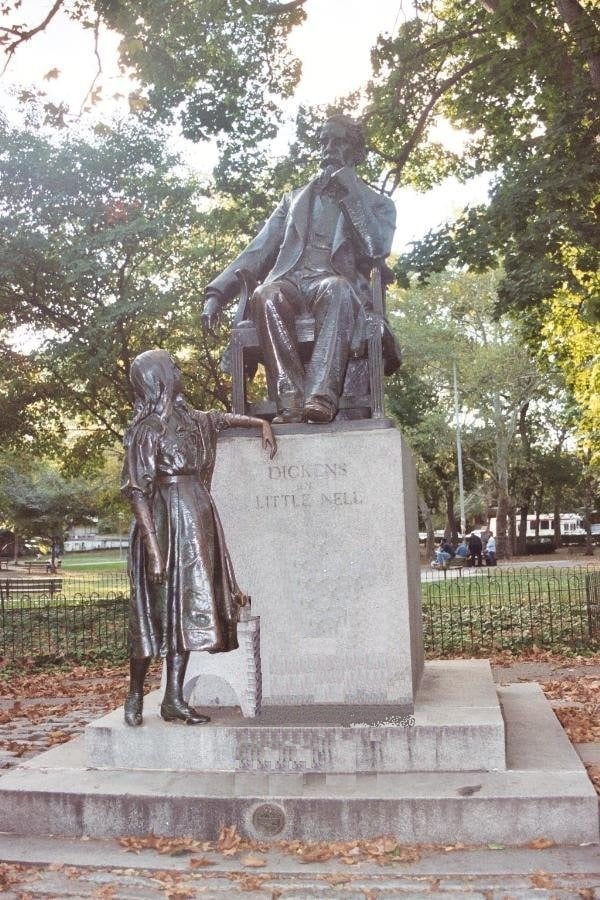
Dickens tells the tragic tale of Nell Trent, a virtuous orphan living with her grandfather in a shop filled with “old and curious things.”
The story was serialized in Dickens’ weekly periodical “Master Humphrey’s Clock” in 1840.
It was so popular that in 1841 when the final installment arrived in New York, eager readers reportedly stormed the wharf in Lower Manhattan to get their hands on the concluding chapters.
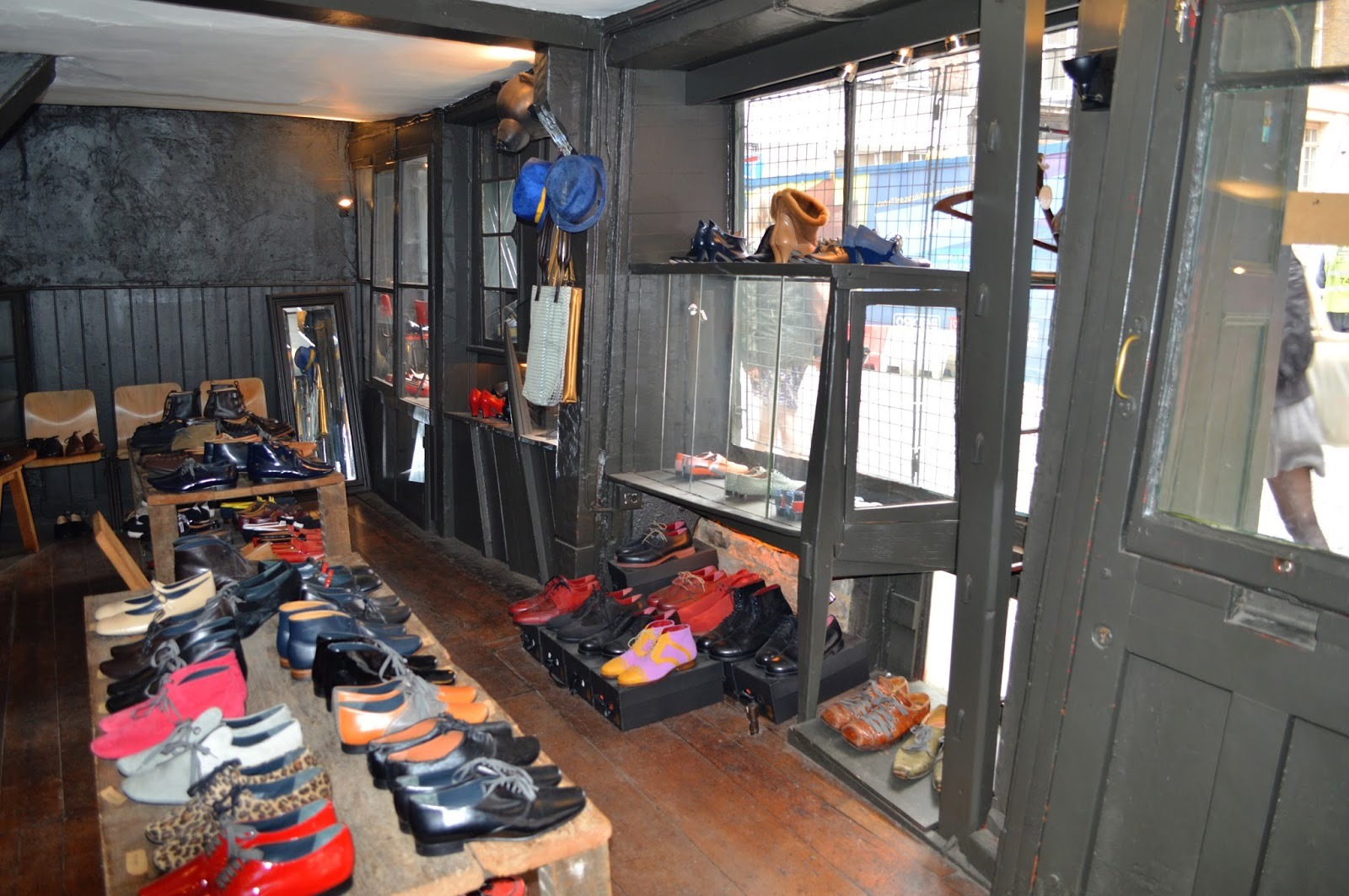
The Shop Has Served Various Purposes
Over the years, the shop has served various purposes, including a bookshop specializing in Dickens’ works and an antiques store.
It was even claimed that the idea to rename the shop came from Dickens’ illustrator, Clayton Kyd Clarke, following the author’s death in 1870.

Architectural Significance And Preservation
The ground-floor windows of the Old Curiosity Shop retain their 17th or early 18th-century frames, with glazing dating back to the early 19th century.
Inside, the shop features low ceiling beams and winding staircases.
The wooden floors, uncovered by the current tenant after pulling up layers of linoleum, are estimated to be about 150 years old.
In 1958, the building was granted Grade II listed status by English Heritage.
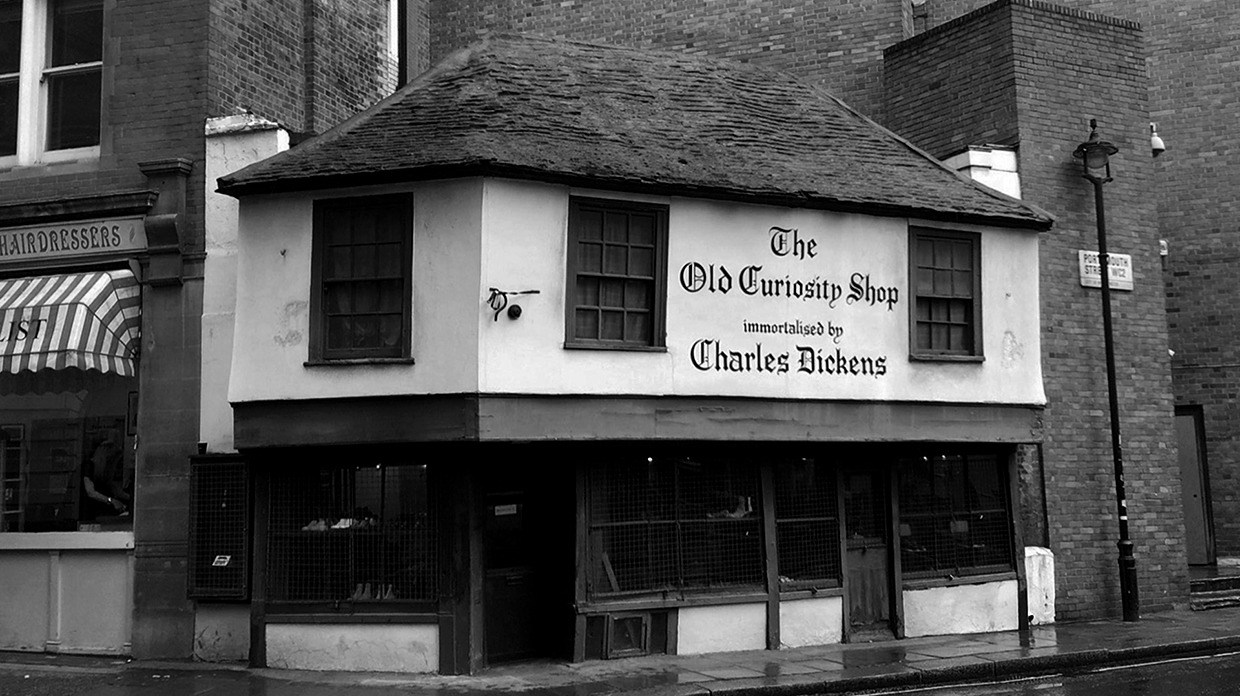
The Old Curiosity Shop Today
Since the early 1990s, the shop has been leased by Japanese designer Daita Kimura, who uses the space to create and sell handmade shoes, hats, and accessories.
The business, though small, has a global reach, with Kimura’s designs being stocked by select retailers in the UK and abroad.
In 2023, the shop underwent a restoration to address structural issues.

